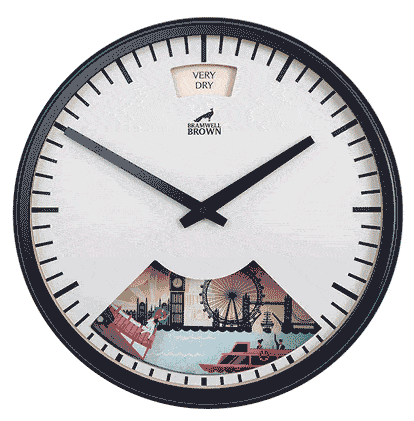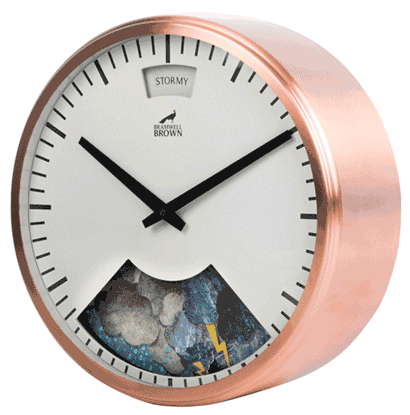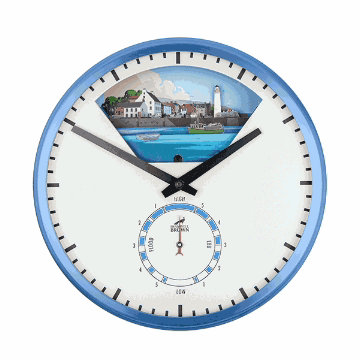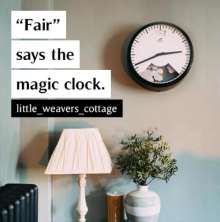The Bramwell Brown Blog
How Do You Make a Terrarium
Making your own decor can be a satisfying project, and a terrarium, in particular, can be a wonderful way of bringing nature and important elements into your home. It’s an easy way to grow plants without needing to know everything about plant care. One of the great things of a terrarium is that you can customise it however you want, and include as many things as you want to fit in with the rest of your decor.

Step 1: Decide on the Size and Location
You’ll need to consider where your terrarium is going to sit. Will it join other plants, or sit as decor on the mantle? Maybe it’s a living centrepiece for the table that you can enjoy every day. Based on where it will be, you can then consider size. If there’s enough room for it, opt for a larger terrarium so that you can really let your creativity run wild. If you’re planning to have the terrarium in a more obscure spot like a bookshelf, then a smaller one might be best.
Step 2: Gather Materials and Your Vessel
Your vessel can be made of glass or plastic, and it’ll either be open or closed. Glass isn’t as durable as plastic, but plastic can sometimes discolour or get scratched. You might find a wider selection of shapes and sizes in plastic than glass, so it’ll come down to a matter of personal taste and practicality. A closed vessel means that you won’t have much or any airflow, so you’ll have to consider your plants carefully if you go that route.
Other materials that you’ll need: Gravel, glass or stones; activated charcoal; potting soil. This is to make the layers that create the bed that your plants will sit in, which will help to drain excess water and keep the environment bacteria-free.
Though these next materials are optional, they are the most fun and let you express yourself creatively. You’ll want some small pebbles in any colour that you like, and miniatures or trinkets that you can use to decorate the terrarium. Moss also looks great in a terrarium and there are several kinds available to contribute to the ambiance.
Step 3: Choose Your Plants
You’ll need to fill the terrarium with some green, so we’ll go through a variety of plant options that will best suit your tastes. Terrariums do best with slow-growing plants, and plants that don’t need a ton of maintenance.
🌱 Artillery fern: They don’t need much care, and they’ve got a unique leaf structure for visual texture. They need medium indirect light and medium water.
🌱 Baby’s tears: It’s a small plant with tiny leaves that can take off if not pruned. However, they need bright light, and consistent moisture and would thrive in a terrarium.
🌱 Croton: They’ve got shiny leaves in a variety of colours, and though it isn’t a typical terrarium plant,it is slow-growing and ideal for an open vessel. It needs bright, indirect light and occasional water.
🌱 Moss: Slow growing and easy to manage, there are a variety of mosses that you can choose from. They also thrive in low light, so it’s a perfect pick if you’re not going to be having your terrarium near a window.
🌱 Air plant: These are slow-growing plants that only need a misting of water every now and then. They also don’t need to be potted in soil, so that opens up your terrarium layers.
🌱 Succulents: These interesting plants are from the desert where their climate is dry, so you don’t need to water it too much and your drainage should be adequate for these plants. They need a lot of light.
🌱 Cacti: Similar to succulents, but perhaps more temperamental. They need airflow and lots of light, and good drainage to avoid overwatering.
If picking out a plant is too overwhelming, or you just don’t have luck growing (and keeping alive) these terrarium plants, consider going the faux plant route. There are a lot of realistic-looking plants that can be found in craft stores that you can use to make a whimsical terrarium.
Step 4: Assemble Your Terrarium
You’ll want to start with your soil layers, and ensure that you leave enough room for the plants so that it doesn’t look overcrowded once you put them in as well.
With the soil, you can begin with a layer of stones or pebbles so that you have a drainage system. Then you can add your layer of activated charcoal, to help the water stay fresh. Next is your potting or topsoil, probably around 5 cm deep so that your plants can take root effectively.
Then you can gently add your plants, starting with the biggest one and creating a hole in the soil to fit your plant. Arrange them how you like, playing with size, height and colour. Keep in mind to leave a bit of room between each plant because they’ll be growing and you don’t want them crowded in.
Once all your plants are settled in, here comes the fun part. You can add some pebbles around your plants, to cover the soil and then start decorating! Here’s where your miniatures and bits and baubles come in handy. You can use whatever suits your tastes, like shells or cool rocks, or branch out of the natural world with figurines, gnomes or cake toppers. This is also a wonderful way to use those trinkets that you have no use for but can’t part with.
Taking Care of Your Terrarium
Make sure that you’re providing adequate water every week or few weeks. The soil should be damp, not dry and not soaking. You’ll have to feel the soil, so make sure that you have access to do so because the terrarium can be like a mini greenhouse and retain water longer than you expect.
Monitor the plants and be sure to trim them if they grow too large. Prune dead foliage to maintain the appearance of your terrarium and avoid rot from setting in.
A fantastic addition to any room: take a look at our Weather Clocks






